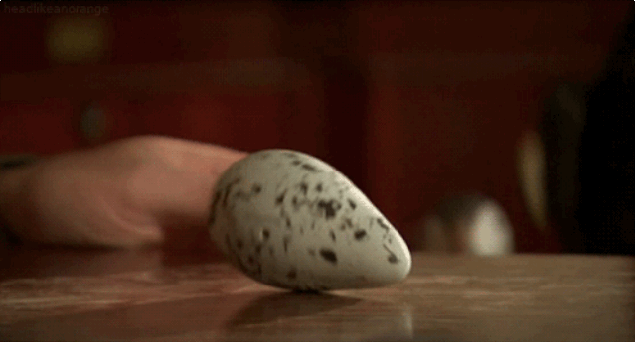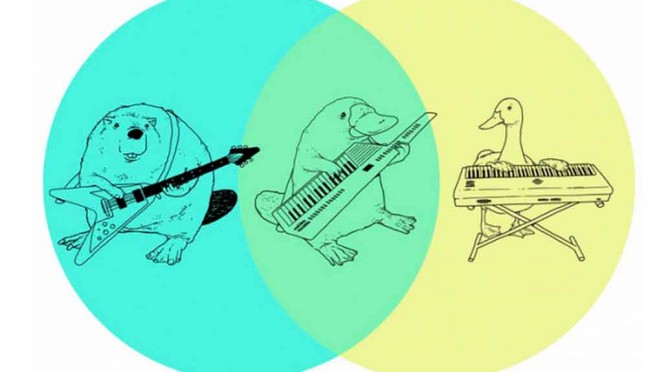By Anupum Pant
Eggs come in a variety of shapes, sizes and colours. Birds, a major group of creatures that descended from reptiles have, for several years, continued to evolve the design of their eggs for millions of years now (not consciously, through natural selection).
Eggs could have been cube shaped. In that case they would have been very difficult to lay. Also, they would have been weakest at the centre points of a face of the cube. Hence, eggs didn’t end up being squarish.
While most eggs have evolved to, well, an egg-shape, some eggs like those of some owls are nearly spherical in shape. But oval and pointy eggs do have an advantage of sort.
Spherical eggs tend to roll easily, and if laid somewhere near a cliff, they’d roll away, never to be seen ever again. Oval eggs normally tend to roll in circles. Usually, they roll in big circles. Still dangerous for birds who perch on cliffs most of the time.
Of all the eggs, the egg of a common guillemot bird is probably the most incredible – in the sense that it has a design that doesn’t let it roll down cliffs very easily.
Common guillemots are sea birds and they normally like to perch on cliffs. To add to the danger of their precarious perching places, they usually perch on such cliffs with a huge group. Also, they don’t even make nests.
Had their eggs been shaped like those of owls, they would have easily gotten knocked by someone from that huge group of perching birds, perching on precarious cliffs. So, their eggs have evolved to survive these conditions.
This is how their eggs look like. They are very awkwardly shaped. But when it rolls, thanks to natural selection, it rolls in very small circles! They don’t fall off cliffs easily. Wonderful!
First seen at [io9]


 Note: Unlike what is popularly taught in schools, Platypus is not the “only mammal that lays eggs”. Echidna – Knuckles from Sonic the Hedgehog – is the second kind of mammal that lay eggs.
Note: Unlike what is popularly taught in schools, Platypus is not the “only mammal that lays eggs”. Echidna – Knuckles from Sonic the Hedgehog – is the second kind of mammal that lay eggs. Venom: They have a sharp and hollow thumbnail (spur) in their hind legs that is venomous. The venom is strong enough to kill a dog (doesn’t kill humans, but is extremely painful). This is used only in self defense. And only males are venomous. I never knew they had venom, but since they are from Australia, I had expected that.
Venom: They have a sharp and hollow thumbnail (spur) in their hind legs that is venomous. The venom is strong enough to kill a dog (doesn’t kill humans, but is extremely painful). This is used only in self defense. And only males are venomous. I never knew they had venom, but since they are from Australia, I had expected that.